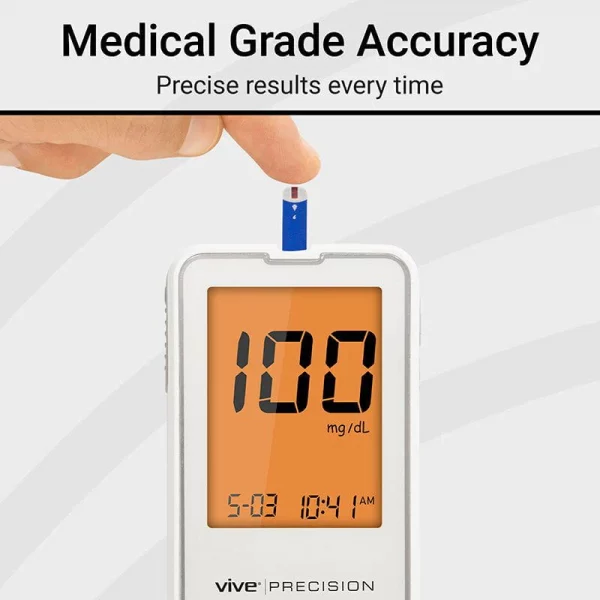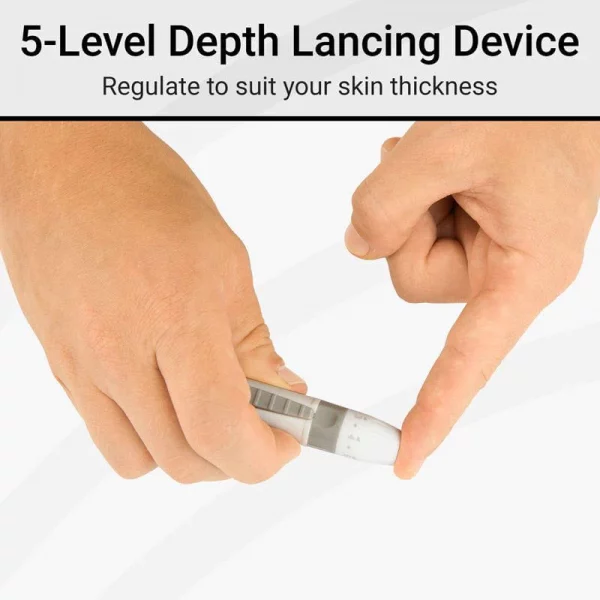Blood Glucose Monitoring System
$0.00
A blood glucose monitoring system is a crucial tool for individuals managing diabetes. This system allows for the regular tracking of blood sugar levels, enabling users to make informed decisions about their diet, medication, and lifestyle choices.
The primary components of a blood glucose monitoring system typically include a glucometer, test strips, and a lancet device. The glucometer is a small, portable device that measures blood glucose levels from a tiny sample of blood obtained through a finger prick. Test strips are inserted into the glucometer, onto which the blood sample is applied for analysis. The lancet device is used to puncture the skin and draw a drop of blood for testing.
FAQs
Features
A blood glucose monitoring system typically offers several features designed to provide accurate and convenient monitoring of blood glucose levels. Here are some common features:
- Accurate Blood Glucose Measurement:
- Provides precise measurement of blood glucose levels to help individuals manage their diabetes effectively.
- Fast Results:
- Delivers quick results, allowing users to monitor their blood glucose levels rapidly, especially important for managing blood sugar fluctuations.
- Small Blood Sample Size:
- Requires only a small drop of blood for testing, minimizing discomfort and making it easier for individuals to perform frequent tests.
- Memory Storage:
- Stores previous blood glucose readings, allowing users to track trends over time and share data with healthcare providers for better management of diabetes.
- Data Management:
- Some systems offer the ability to transfer data to computers or mobile devices for detailed analysis and tracking of blood glucose levels and trends.
- User-Friendly Interface:
- Features an easy-to-use interface with intuitive controls and clear display screens, making it simple for individuals to perform tests and interpret results.
- Mealtime Markers:
- Allows users to mark blood glucose readings before and after meals, helping to assess the impact of food choices on blood sugar levels.
- Reminder Alarms:
- Offers reminder alarms for scheduled testing times, ensuring that users stay consistent with their monitoring routine.
- Battery Life:
- Provides long battery life for extended use, reducing the need for frequent battery replacements.
- Portable Design:
- Compact and lightweight, making it convenient for users to carry their monitoring system with them wherever they go.
- Alternative Site Testing:
- Allows testing on alternative sites such as the palm or forearm, providing flexibility and reducing discomfort associated with fingerstick testing.
- Compatibility with Continuous Glucose Monitoring (CGM) Systems:
- Some systems are compatible with CGM systems, allowing users to integrate continuous glucose monitoring data with their blood glucose readings for comprehensive diabetes management.
These features collectively enhance the functionality and usability of blood glucose monitoring systems, empowering individuals with diabetes to monitor and manage their condition effectively.







Reviews
There are no reviews yet.